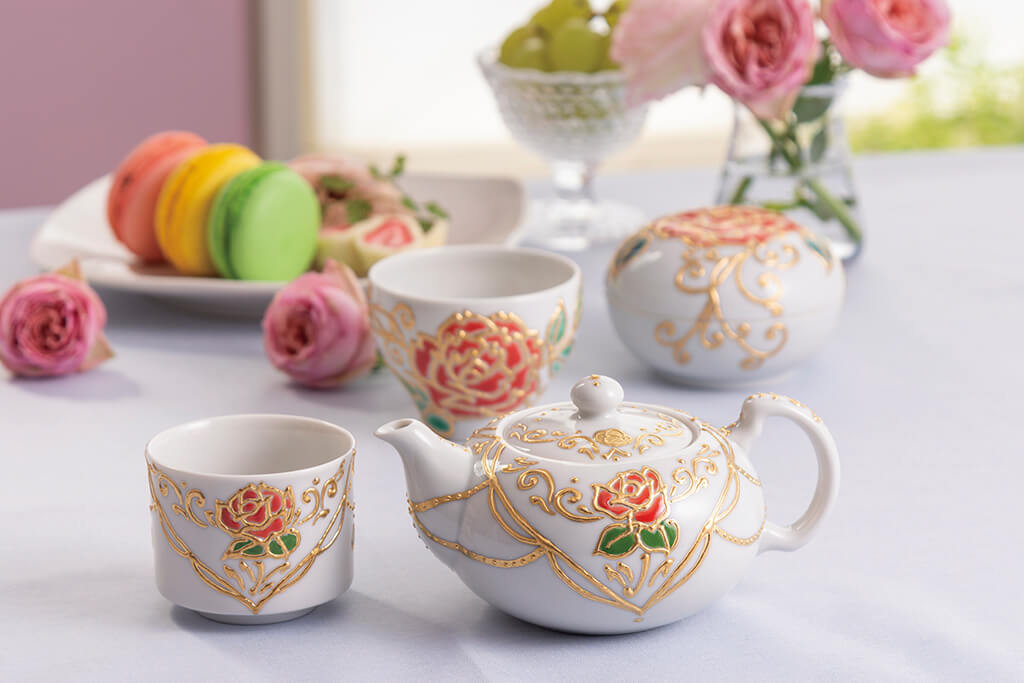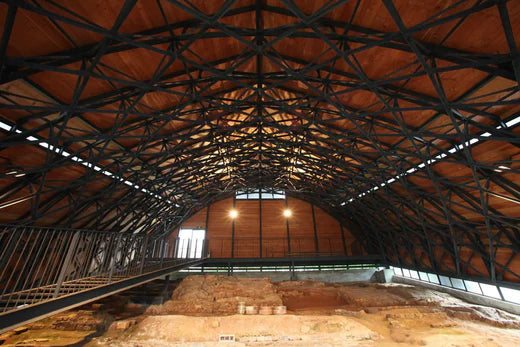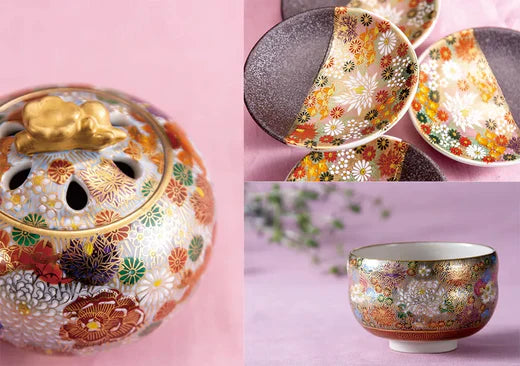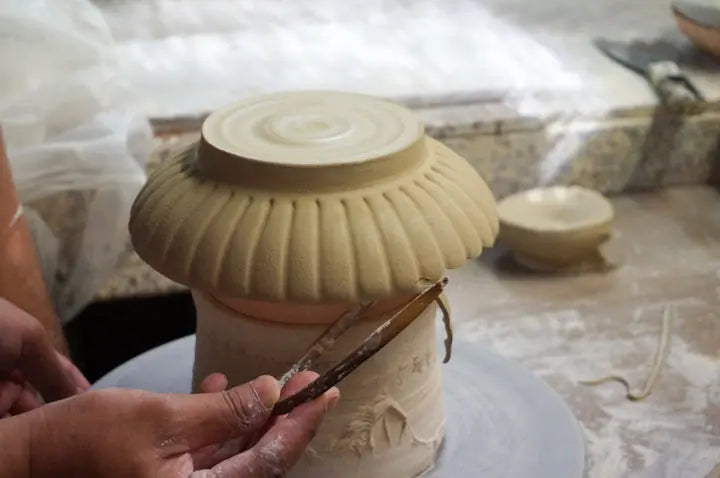The Yoshidaya Kiln produced numerous masterpieces that evoked the Ao-de (Green-Style) of Ko-Kutani, earning widespread acclaim, even in Kyoto. Surviving correspondence from the time reveals that Yoshidaya Kutani ware was praised for preserving the essence of Ko-Kutani while showcasing a sophisticated, original aesthetic.
The hallmark of Yoshidaya Kiln's creations lies in their translucent, richly layered enamels, masterful artistry, and refined design sense. While drawing inspiration from Ko-Kutani's style, Yoshidaya’s designs were entirely original.












